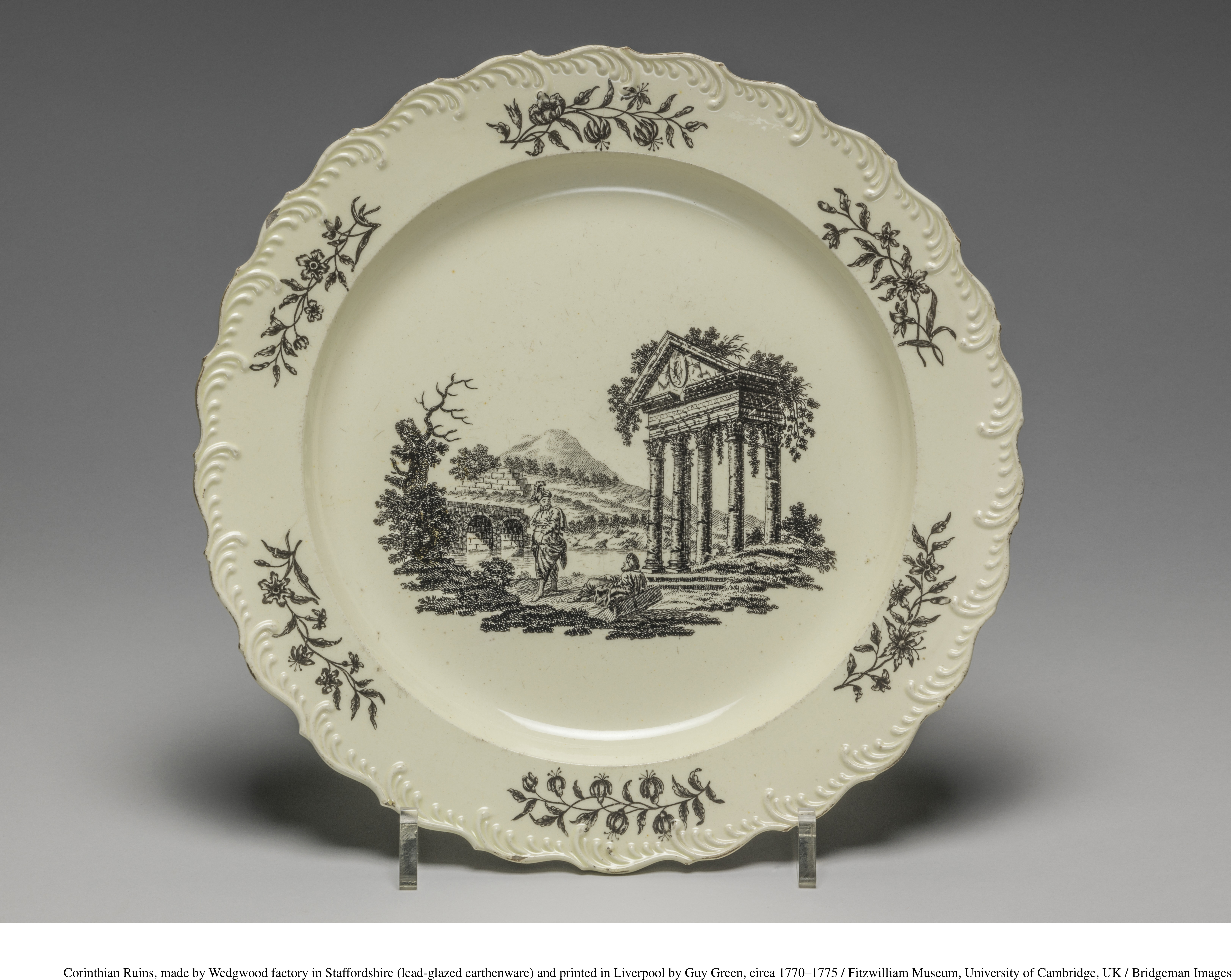Seeing History: Pottery and Social Distinction: Josiah Wedgwood’s “China”
Printed Page 605
Important Events

In the early 1700s, potters had worked out of their own cottages to produce simple pots and bowls for local markets. The English potter Josiah Wedgwood (1730–1795) pioneered the factory manufacturing of earthenware that could reach international markets. By developing a special thermometer to measure kiln temperatures, he was able to produce a fine white ceramic that could rival the very expensive porcelain imported from China. He also experimented with windmills, supported the building of roads and canals, and introduced steam-powered engines to grind materials. At the same time, he developed new marketing techniques to reach elite and then middle-class consumers around the world. After Wedgwood was commissioned to provide a tea set to British Queen Charlotte in 1765, he began to advertise himself in newspapers as “Potter to her Majesty,” and he soon sold his “Queen’s Ware” (cream-colored earthenware) far and wide. In this way, even ordinary people could participate in new trends and emulate the tastes of the highest classes.
The two examples of Wedgwood’s “china” shown here demonstrate the visual possibilities of Wedgwood’s creamware. The first is a photograph of a Queen’s Ware plate, made at the main Wedgwood factory at Burslem in northern England and printed in nearby Liverpool, circa 1770–1775. The design is known as Corinthian Ruins and brings together scenes from ancient Greece that first appeared in an engraving in a 1759 book about Greek antiquities. Wedgwood’s choice of this theme shows the widespread interest in ancient history and civilization that emerged in this period and the resulting enthusiasm for neoclassical styles.
Wedgwood responded to other trends as well. The Queen’s Ware teapot in the second photograph shows how crockery could be used to spread religious revival; the portrait is of John Wesley, the founder of Methodism. The design on the teapot was printed in Liverpool by Guy Green, circa 1775. The portrait is inscribed “John Wesley, M.A. Fellow, Lincoln College, Oxford.” On the reverse was printed, “Let your/Conversation be/as becometh the Gospel of CHRIST.”
Questions to Consider
- Why was it so important to Wedgwood to advertise a line of his pottery as “Queen’s Ware”?
- Why were neoclassical themes so popular in the second half of the eighteenth century?